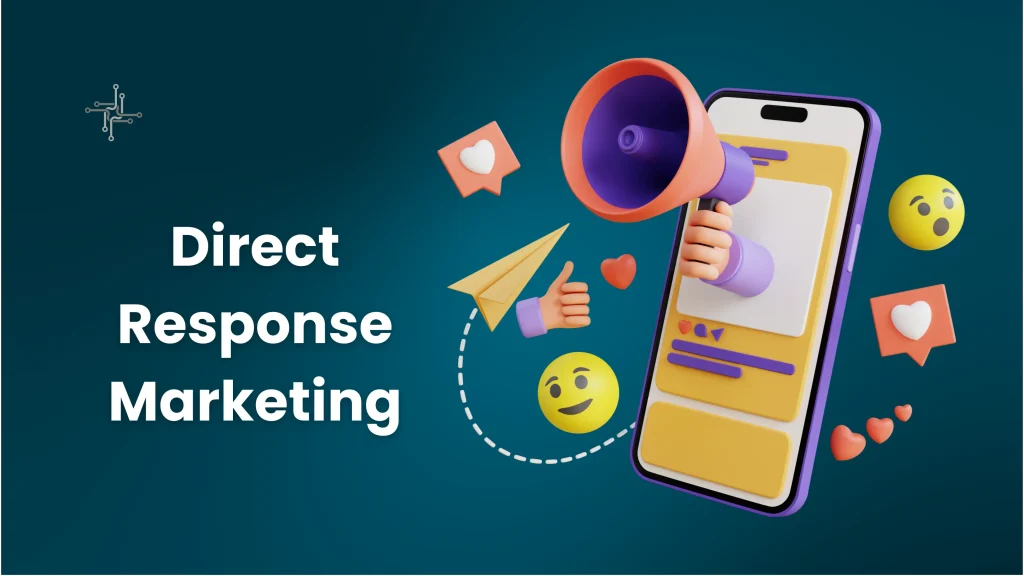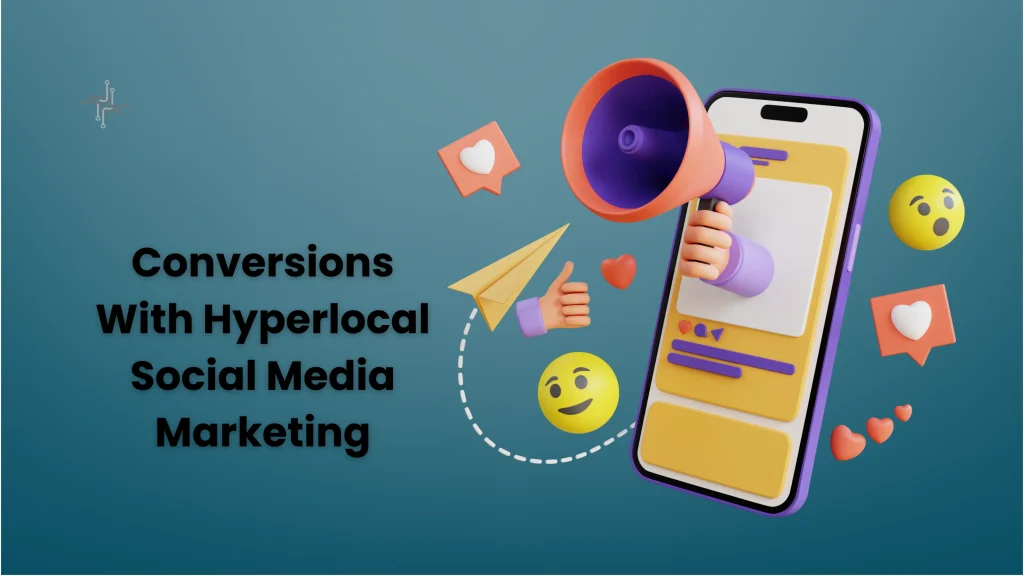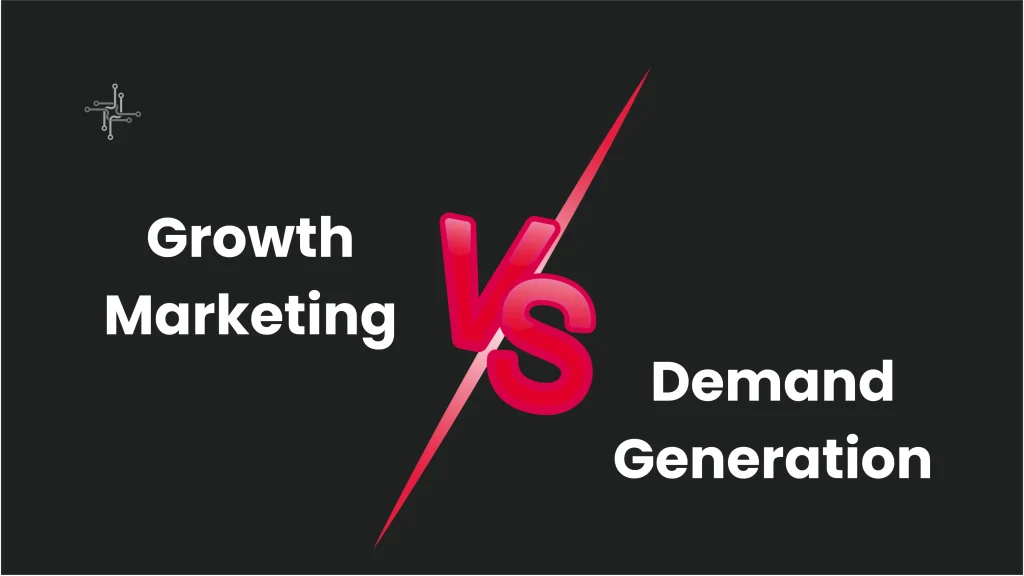Direct response marketing is a type of marketing where businesses ask for an immediate action from their audience. This action could be making a purchase, signing up for a newsletter, or calling for more information. It’s focused on getting quick and measurable results. This type of marketing is often used in ads, emails, or TV commercials.
Unlike traditional marketing, which aims to build brand awareness over time, direct response marketing focuses on getting a response right away. Other marketing types may not measure results immediately, while direct response marketing tracks every action, helping businesses know what works.
Table of Contents
Characteristics of Direct Response Marketing
- Immediate Call to Action: Direct response marketing always includes a clear, immediate call to action (CTA). It encourages the audience to take action right away, such as buying a product, signing up for an offer, or calling a number. This sense of urgency helps drive quick results.
- Measurable Results: One of the key features of direct response marketing is its ability to measure results easily. Every action, like a purchase or a click, can be tracked and analyzed. This allows businesses to evaluate the effectiveness of their campaigns in real-time.
- Targeted Approach: Direct response marketing is highly targeted. It focuses on reaching specific audiences based on their interests, behaviors, or demographics. This makes the campaigns more relevant and increases the chances of getting a response.
- Personalization and Relevance: Direct response marketing often includes personalized messages tailored to the individual’s needs or behaviors. By addressing customers directly, businesses create a stronger connection, increasing the likelihood of a response.
- Sense of Urgency: A common characteristic of direct response marketing is creating a sense of urgency. This is done through limited-time offers, countdowns, or phrases like “act now” to encourage the audience to take immediate action before the opportunity expires.
How Direct Response Marketing Works
Direct response marketing works by encouraging an immediate reaction from the audience. The process starts with crafting an appealing offer that prompts the recipient to take action right away. This could include buying a product, signing up for a newsletter, or calling a phone number. The key is to make the call to action clear and easy for the audience to follow.
Next, businesses use various channels to reach their audience. This can include email, social media, TV ads, or direct mail. The marketing message is often personalized to match the audience’s specific needs or interests. This targeted approach increases the likelihood of a positive response.
Once the campaign is live, businesses track and measure each action taken by the audience. This allows them to see which strategies are working and which are not. They can adjust the campaign in real-time to improve results. By focusing on measurable outcomes, direct response marketing helps businesses make data-driven decisions.
The ability to track responses gives businesses valuable insights into what resonates with their audience. With this information, they can continually refine their approach for better results, making direct response marketing a powerful tool for driving immediate actions and achieving business goals.
Benefits of Direct Response Marketing
Higher Conversion Rates
One of the main benefits of direct response marketing is higher conversion rates. By targeting specific audiences and including a clear call to action, it leads to immediate and measurable results. This often results in more sales and sign-ups compared to traditional marketing methods.
Cost-Effectiveness
Direct response marketing is cost-effective because it allows businesses to focus their budget on reaching people who are most likely to respond. With the ability to track and measure outcomes, businesses can avoid wasting resources on ineffective ads and instead invest in strategies that produce real results.
Personalization and Engagement
Direct response marketing offers the opportunity for personalization. Businesses can tailor their messages based on individual behaviors or preferences, which increases customer engagement. This approach helps build stronger connections with customers, fostering long-term loyalty and trust.
Measurable Results
One of the key benefits of direct response marketing is the ability to measure results accurately. Every action, such as a purchase, click, or sign-up, is tracked, allowing businesses to see exactly how effective their campaigns are. This data helps optimize future campaigns and ensures businesses can make data-driven decisions.
Common Strategies in Direct Response Marketing
Special Offers and Discounts
A common strategy in direct response marketing is offering special deals or discounts. These limited-time offers create a sense of urgency, encouraging the audience to act quickly before the offer expires. This tactic often leads to increased sales and conversions.
Limited-Time Promotions
Direct response marketing often uses time-sensitive promotions to push the audience into action. By setting a deadline, businesses encourage customers to make a decision fast, knowing they might miss out if they wait. This strategy helps to drive immediate responses.
Urgency and Scarcity Tactics
Creating a feeling of urgency or scarcity is another powerful strategy. Words like “only a few left” or “offer ends soon” push the audience to act now, increasing the likelihood of a response. These tactics play on customers’ fear of missing out (FOMO), which can drive quick action.
Personalized Messaging
Personalized messaging is a key tactic in direct response marketing. By tailoring the message to individual preferences, businesses can increase relevance and connection with the audience. Personalization makes the offer feel more appealing and directly suited to the recipient’s needs.
Challenges in Direct Response Marketing
- Ad Fatigue: One challenge in direct response marketing is ad fatigue. When the same audience is repeatedly exposed to the same ads, they may become less responsive over time. To combat this, businesses must continually refresh their ads, messages, and offers to keep the audience engaged.
- Ensuring High-Quality Data: Effective direct response marketing relies on high-quality data to target the right audience. Gathering and maintaining accurate, up-to-date information is crucial. Poor data can lead to wasted efforts, targeting the wrong people, or missing out on potential leads.
- Managing Customer Expectations: Direct response marketing often promises quick results, which can raise customer expectations. If the campaign doesn’t deliver as expected, it can lead to dissatisfaction or mistrust. It’s important for businesses to ensure their offers and messaging align with what they can realistically deliver.
- Compliance and Privacy Concerns: With the growing emphasis on data privacy, businesses must ensure that their direct response marketing strategies comply with laws such as GDPR or CCPA. Failing to protect customer data can result in legal issues and damage to a brand’s reputation.
Conclusion
Direct response marketing is a type of marketing where businesses ask customers to take immediate action. This could be making a purchase, signing up for a service, or calling for more information. The goal is to get a quick response from the audience.
Unlike traditional marketing, direct response marketing focuses on measurable results. It includes a clear call to action and is often targeted to specific audiences. Businesses can track responses and adjust their strategies to improve results.


